What value does these meters measure?
Is it RMS, Average or Peak value ?
RMS measurement, like average and peak, only applies to measuring AC, though it may be superposed to a DC offset.
Measuring RMS values is a bit more expensive than measuring average values, so most multimeters avoid the former. Instead they presume your signal is a sine and measure the average value for the rectified sine or the peak value, after which they apply a conversion factor to find the presumed RMS value.
\$V_{RMS} = 0.71 \times V_{PEAK} = 1.11 \times V_{AVG}\$
For other waveforms than sines this calculated RMS value will be wrong! The ratio \$\dfrac{V_{PEAK}}{V_{RMS}}\$ is known as the signal's crest factor,

and this can be significantly larger than the \$\sqrt{2}\$ value for the sine. If the crest factor is 3 and the multimeter would actually measure peak voltage you would have a 100% error for the calculated RMS value. Usually this error is smaller when the averaged rectified signal is measured instead. We're talking about the form factor then instead of the crest factor.
So the lesson is: be very careful when AC measuring anything else than a sine on those multimeters.
Solution: some more expensive multimeters measure "True RMS".

Just like measuring averages true RMS measurement includes an averaging over a certain period. Only when this period is an exact multiple of the signal frequency this will give the most accurate result. If this time constant is a multiple of 100ms accurate results for 50Hz and 60Hz are possible (5 periods and 6 periods, resp.).
Thomas points out that not all True RMS multimeters can measure AC superposed to DC.
Further reading:
AC Voltage Measurement Errors in Digital Multimeters (Agilent application note)
For DC, RMS, peak and average are all the same. So Vpeak = Vaverage = Vrms.
SOME AC meters are designed to measure one or other of all the things you described.
But most AC meters are calibrated to display the RMS value of the AC signal IF the waveform is a sine wave, and they will read incorrectly if the waveform is not "sinusoidal". This is because most AC waveforms in power systems use and pure audio tones are sine waves or close to sine waves. It is easy to make a meter to respond to a DC value derived from the AC and then to adjust the calibration to display what is hoped to be the RMS value.
Some meters are specifically designed to measure RMS values. These are less common, more expensive to make (as the RMS value needs to be calculated) and more expensive to buy. They are almost always labelled as being "True RMS" or RMS reading" or "RMS".
Some meters are designed to display peak values, but these are usually for specialist purposes.
Note that while many modern multimeters have a "peak hold" feature, this will display the peak displayed voltage since the peak-hold button was pressed and NOT the peak voltage for AC.
For a sine wave Vpeak = 1.414 Vrms or Vrms = 0.7071 x Vpeak.
In those two formulas Vpeak is measured from ground (or zero volts) to Vmax. As an AC waveform alternates on either side of ground it will alternate between a maximum of Vmax and then -Vmax. So Vpeak-to-peak = total difference between max +ve value and max -ve value = 2 x Vpeak.
With some of the advantages and disadvantages of these meter movement technologies having been discussed already, there is another factor crucially important for the designer and user of AC metering instruments to be aware of. This is the issue of RMS measurement. As we already know, AC measurements are often cast in a scale of DC power equivalence, called RMS (Root-Mean-Square) for the sake of meaningful comparisons with DC and with other AC waveforms of varying shape. None of the meter movement technologies so far discussed inherently measure the RMS value of an AC quantity. Meter movements relying on the motion of a mechanical needle (“rectified” D'Arsonval, iron-vane, and electrostatic) all tend to mechanically average the instantaneous values into an overall average value for the waveform. This average value is not necessarily the same as RMS, although many times it is mistaken as such. Average and RMS values rate against each other as such for these three common waveform shapes: